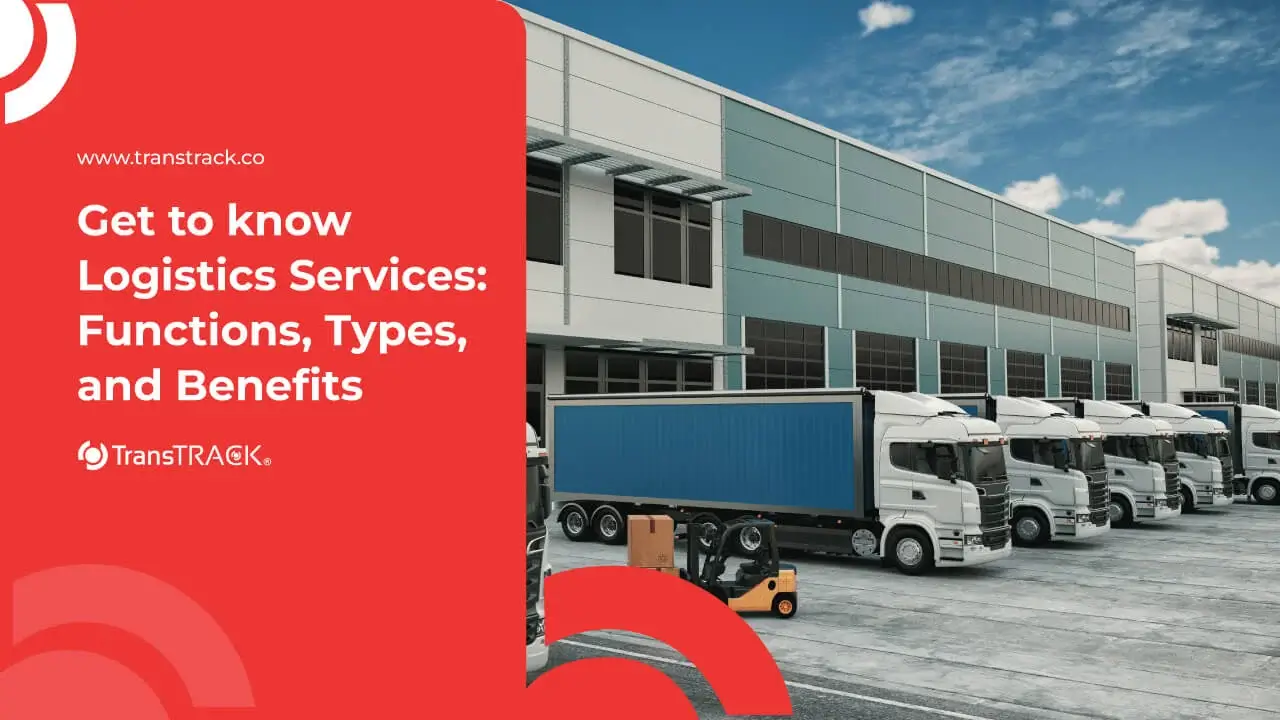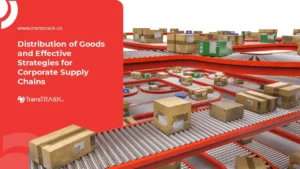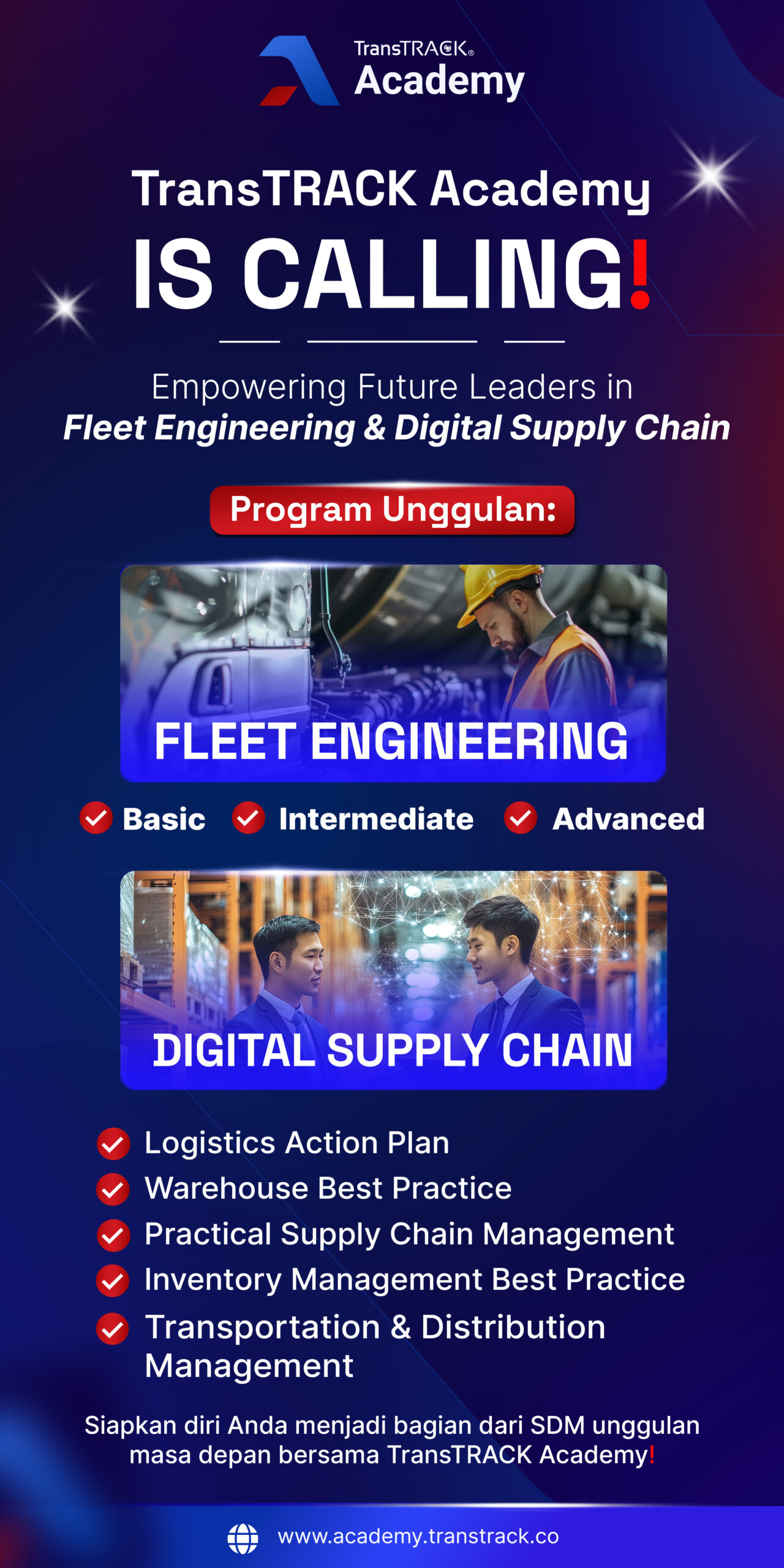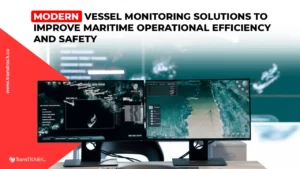Get to know Logistics Services: Functions, Types, and Benefits
Posted on April 17, 2025 by Nur Wachda Mihmidati

In the digital era and increasingly fierce business competition, efficiency in supply chain management is the key to success. One important element that cannot be ignored is logistics services, which play a vital role in ensuring that goods reach customers in a timely, safe, and cost-effective manner. Whether for small businesses or large corporations, utilizing the right logistics services can be a strong foundation in supporting sustainable business growth. Check out the further explanation through the following article TransTRACK!
What are logistics services?
Logistics services are services that organize and manage the process of moving goods, information, or other resources from the point of origin to the point of destination in an efficient and timely manner. This service covers a wide range of activities such as transportation, warehousing, inventory management, distribution, to paperwork and regulatory compliance, especially in international shipping. The main objective of logistics services is to ensure that goods reach the recipient in good condition, on schedule, and at an optimal cost. In practice, logistics services are very important for various industrial sectors because they support the smooth running of supply chains and overall business operations.
What are the different types of logistics services?
Here are some types of logistics services that are commonly used in various industries:
Transportation Logistics Services (Land, Sea, Air)
Includes the transportation of goods using land (trucks, trains), sea (cargo ships), and air (planes) vehicles. This type is the main backbone of the logistics system.
Warehousing Logistics Services
Provides temporary storage of goods before distribution. Includes services such as stock management, temperature-controlled storage, and inventory systems.
Distribution Logistics and Last Mile Delivery Services
Handling the delivery of goods from distribution centers to final destination locations, including consumers’ homes or stores. “Last mile delivery” is crucial in e-commerce and customer service.
Supply Chain Management Services
Integrated services that manage the flow of goods and information from upstream (suppliers) to downstream (consumers), including planning, coordination, and optimization of the entire logistics process.
Freight Forwarding Logistics Services
Acts as an intermediary between shippers and transportation providers, arranging international shipments, including the processing of export-import documents, customs clearance, and cargo insurance.
Benefits of Using Logistics Services for Business
Here are some of the benefits of using logistics services for business:
- Time and Cost Efficiency Logistics services help businesses save time and operational costs with an organized and optimized delivery, storage, and distribution system.
- Focus on Core Business By leaving logistics to the experts, companies can focus more on product development, marketing, and improving customer service.
- Access to Network and Technology Logistics companies usually have extensive networks and advanced technology systems such as real-time tracking, automated inventory management, and data integration that simplify business processes.
- Operational Flexibility Logistics services allow customization of shipping or warehousing capacity as needed, for both small and large scales, without the need to invest in your own infrastructure.
- On-time delivery, transparent tracking information, and good handling of goods contribute directly to customer satisfaction and loyalty.
- Better Risk Management Experienced logistics service providers usually have solutions to address various risks such as delays, damages, or regulatory barriers.
Differences in Logistics vs Expedition Services
Here are the main differences between logistics services and expedition services in the context of business and freight forwarding:
| aspect | Logistics Services | Expedition Services |
| Scope | Provide integrated services: transportation, warehousing, inventory management, to supply chain | Main focus on delivering goods from point A to B (narrower) |
| Additional Services | Includes warehouse management, real-time tracking, freight consolidation, customs, etc. | Generally shipping only, with little or no additional services |
| Technology | Using advanced systems: WMS, TMS, GPS tracking, data integration | Generally only use basic or manual tracking systems |
| Scale of Operation | Can handle large, complex, inter-city and international distributions | Usually operates between domestic cities, suitable for regular deliveries |
| Company Example | DHL, J&T Cargo, Maersk Logistics, Kuehne + Nagel | JNE, TIKI, SiCepat, Ninja Xpress |
Conclusion: Logistics services cover the entire supply chain management process and are more suitable for companies with complex operational needs. Meanwhile, expedition services are simpler and suitable for daily or personal delivery needs.
Trends and Innovations in Logistics
Here are some of the key trends and innovations in the logistics industry in 2025 that can help businesses improve efficiency, supply chain resilience, and customer satisfaction.
- Automation and Robotics in Warehouses The use of robots and automation systems such as pallet shuttles and stacker cranes is increasingly common to speed up the process of storing and retrieving goods, and reduce human error.
- Artificial Intelligence (AI) and Machine Learning AI is used to predict demand, optimize delivery routes, and improve overall operational efficiency.
- Cloud Technology and Process Digitalization Adoption of cloud-based solutions enables logistics companies to manage operations in real-time, improve collaboration between partners, and accelerate decision-making.
- Blockchain for Supply Chain Transparency Implementation of blockchain technology helps improve visibility and accountability in the supply chain, and ensures compliance with environmental standards.
- Electric and Autonomous Vehicles The use of electric and autonomous vehicles in logistics transportation supports efforts to reduce carbon emissions and improve delivery efficiency.
- The growth of e-commerce is driving innovation in last-mile delivery, including the use of drones and autonomous vehicles to speed up delivery to end consumers.
These trends show that the logistics industry is constantly evolving by adopting advanced technologies to meet the increasingly complex demands of the market.
To conclude, the increasingly dynamic world of logistics requires businesses to adapt to smarter and more efficient solutions. By using the right logistics services, companies can not only save time and money, but also increase customer satisfaction and competitiveness in the market.

To ensure your shipment planning runs more smoothly, use the Order Planning feature from TransTRACK. This feature helps you manage shipments in a structured manner, maximize fleet capacity, and minimize the risk of delays. Improve your logistics efficiency now with Order Planning from TransTRACK!
Recent Post
Topic :
Recommended Articles

 Bahasa Indonesia
Bahasa Indonesia







